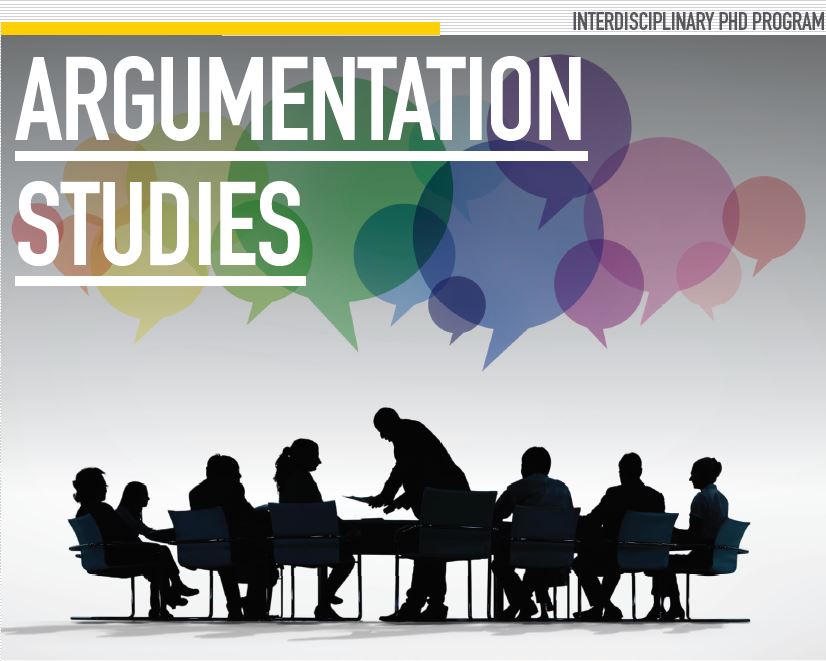Document Type
Paper
Start Date
15-5-1999 9:00 AM
End Date
17-5-1999 5:00 PM
Abstract
Since some important and effective forms of persuasion are stories, a task for those interested in argumentation, informal logic and critical thinking, is to consider stories as arguments. In this essay, I discuss three: Plato's "Myth of the Cave," Ay n Rand's Atlas Shrugged, and Toni Morrison's The Bluest Eye. I suggest some responses to persuasive stories, including criticizing the plausibility of the story as story, developing counter stories, and considering the stories premises as g rounds for its conclusion. By doing so, I tentatively take steps towards a theory of story argument validity.
Creative Commons License

This work is licensed under a Creative Commons Attribution 4.0 International License.
Response to Submission
Daniel H. Cohen, Commentary on Kagan
Reader's Reactions
Ralph H. Johnson, Commentary on Kauffeld (May 1999)
Persuasive stories
Since some important and effective forms of persuasion are stories, a task for those interested in argumentation, informal logic and critical thinking, is to consider stories as arguments. In this essay, I discuss three: Plato's "Myth of the Cave," Ay n Rand's Atlas Shrugged, and Toni Morrison's The Bluest Eye. I suggest some responses to persuasive stories, including criticizing the plausibility of the story as story, developing counter stories, and considering the stories premises as g rounds for its conclusion. By doing so, I tentatively take steps towards a theory of story argument validity.


